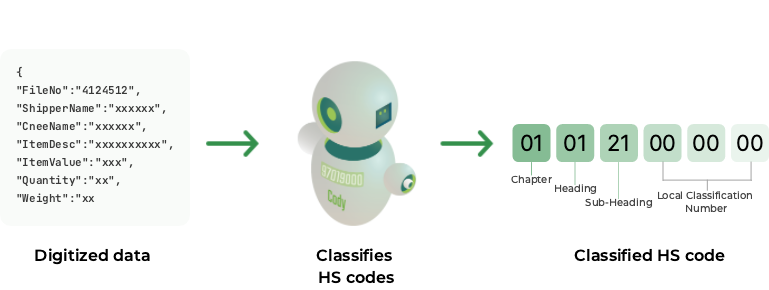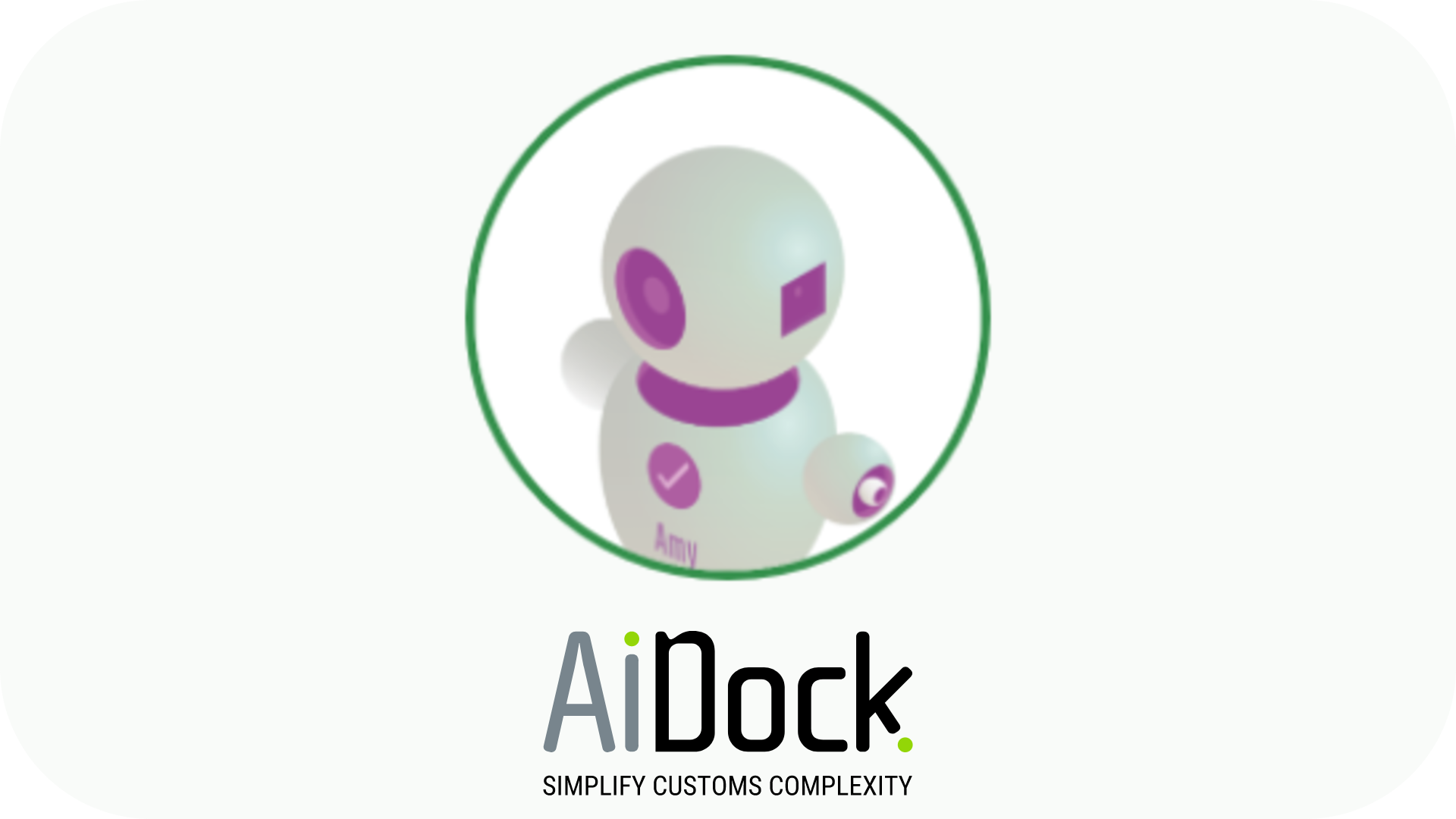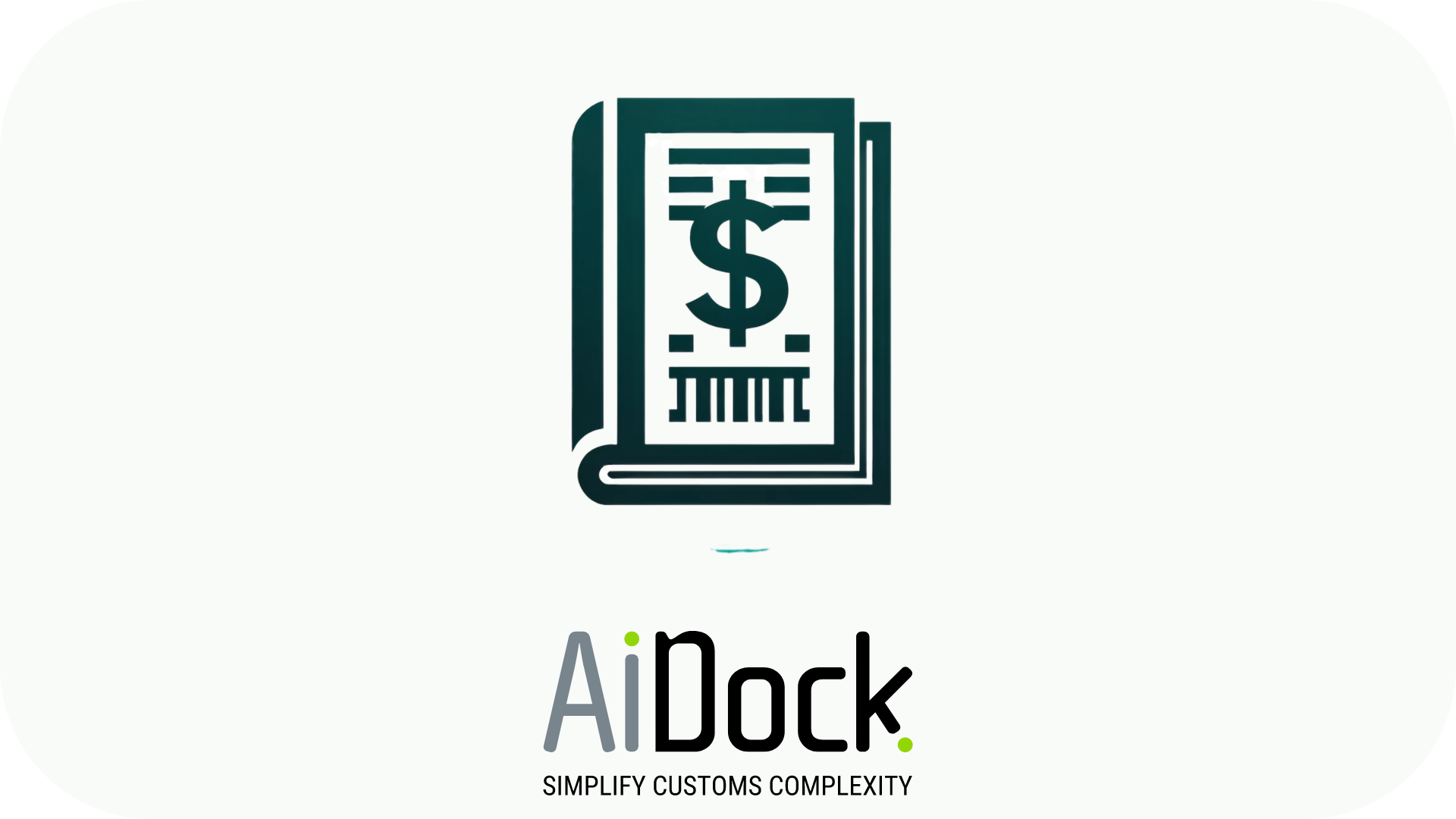One of the most intricate aspects of this process is the Harmonized System (HS) classification, a standardized numerical method for identifying products and commodities. Given the vast diversity of items that traverse global trade channels, classifying goods accurately and efficiently poses a significant challenge. This is where Artificial Intelligence (AI) steps in, offering transformative solutions to automate and enhance HS classification, streamlining customs operations and facilitating smoother trade flows.
The Challenge of HS Classification
HS classification involves assigning a specific code to each product based on an international nomenclature. These codes are crucial for determining import duties and taxes and enforcing regulations. However, with over 5,000 product categories, the task is labor-intensive and prone to errors. Misclassification can lead to incorrect tariff applications, resulting in financial penalties for businesses and inefficiencies for customs authorities.
AI to the Rescue
Artificial Intelligence, with its capability to process and analyze vast amounts of data at unprecedented speeds, offers a powerful tool to automate and refine the HS classification process. Here’s how AI can make a difference:
- Automated Classification Systems
AI algorithms can be trained on large datasets of product descriptions and corresponding HS codes to learn patterns and rules governing classification. Once trained, these systems can automatically classify products accurately, significantly reducing the manual effort required and minimizing errors.
- Natural Language Processing (NLP)
NLP, a subset of AI, can interpret and understand human language, making it particularly useful for analyzing product descriptions written in various languages and formats. By employing NLP, AI systems can extract relevant information from product descriptions and technical documents to assign accurate HS codes.
- Machine Learning for Continuous Improvement
Machine learning algorithms can improve over time through exposure to more data. As AI systems are fed more product classifications, they learn from mistakes and become more accurate, ensuring that the classification process improves continuously.
- Predictive Analytics for Compliance
AI can predict potential compliance issues by analyzing patterns in historical data. This capability allows customs authorities to identify and address potential misclassifications before they result in compliance violations, enhancing the overall efficiency of trade regulations.
- Enhanced Decision Support
AI can serve as a decision-support tool for customs officials, providing them with suggestions for HS classification based on the analysis of product characteristics. This not only speeds up the classification process but also helps standardize decisions across different jurisdictions.
The Road Ahead
Integrating AI into customs operations for HS classification is challenging. It requires substantial investment in technology, training, and data management. Moreover, achieving international cooperation and standardization is essential to realizing AI’s full potential in this domain.
However, the benefits far outweigh the hurdles. AI-driven automation can lead to more accurate classifications, reduced operational costs, and faster clearance times, ultimately facilitating smoother and more efficient international trade. As technology advances, AI’s role in customs and trade is set to become increasingly pivotal, heralding a new era of digitized, streamlined customs operations.
In conclusion, AI presents a promising avenue for automating HS classification, offering a blend of efficiency, accuracy, and continuous improvement. As customs authorities worldwide begin to embrace these technologies, the future of international trade looks brighter and more seamless.
FAQ
What is HS classification, and why is it important?
The Harmonized System (HS) classification is a standardized numerical method used worldwide to classify products and commodities in international trade. Each product is assigned a specific HS code based on an international nomenclature. HS classification is crucial for determining import duties and taxes and applying regulatory measures. Accurate classification ensures that trade regulations are adequately enforced and facilitates efficient trade processing at customs.
How can AI improve the HS classification process?
Artificial Intelligence (AI) can significantly enhance the HS classification process by automating the assignment of HS codes to products, reducing manual labor, minimizing errors, and speeding up the customs clearance process. AI technologies such as machine learning algorithms and natural language processing can analyze vast datasets, understand product descriptions in various languages, and continuously learn from classification decisions to improve accuracy over time.
What is Natural Language Processing (NLP), and why is it beneficial for HS classification?
Natural Language Processing (NLP) is a subfield of AI focused on enabling computers to understand, interpret, and generate human language. In the context of HS classification, NLP is beneficial for processing and analyzing product descriptions and technical documentation to identify relevant information for accurately assigning HS codes. It helps deal with the variability and complexity of language used in product descriptions, facilitating more accurate classification.
How does AI ensure the continuous improvement of the HS classification process?
AI systems, particularly those based on machine learning, improve over time as they are exposed to more data. These systems refine their algorithms by analyzing more product classifications and learning from any mistakes made to increase accuracy and efficiency. This aspect of AI ensures that continuous use makes the HS classification process more reliable and effective.
What are the challenges in implementing AI for HS classification in customs?
Implementing AI for HS classification presents several challenges, including significant investment in technology and training, managing and securing large datasets, and achieving international cooperation and standardization. Additionally, customs authorities must ensure that AI systems are transparent, explainable, and aligned with legal and regulatory frameworks. Despite these challenges, the potential benefits of AI in streamlining customs operations and facilitating international trade are considerable.
AiDock
Meet Cody | Classifier
Identifying the correct & precise HS code will result in paying the appropriate duties – not more, not less – and adhering to regulation. Cody is the virtual HS code classifier, supporting customers to classify accurately, prevent frauds, expedite clearance & delivery and create a better experience for trade and consumers.





